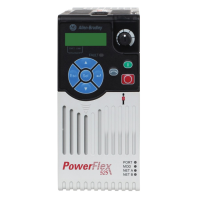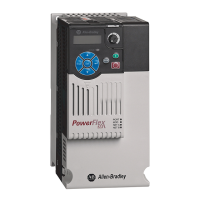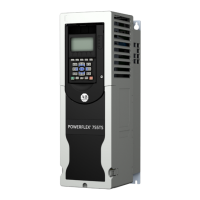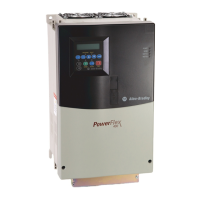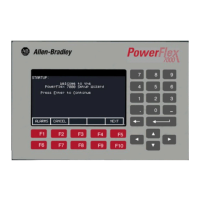Behavior models used in CIP Motion
62 Rockwell Automation Publication MOTION-RM003I-EN-P - February 2018
Self Test State
When power is applied to the controller, the controller typically goes through a
series of self-test diagnostics. These tests include checking whether the CIP
Motion axis is associated with an actual CIP Motion device and that the axis is
also properly included in a collection of axes called a Motion Group. All axes in
the Motion Group are processed synchronously by the controller's Motion Task.
If an associated CIP Motion device or Motion Group is not found for the axis, the
axis state in the controller reflects this condition as No Device, and Not Grouped,
respectively. The axis will remain in this state until the problem is corrected.
Similarly, when power is applied to the device, or the device is reset, the device also
goes through a series of self-test diagnostics and internal device parameters are set
to their power-up default values. If unsuccessful, the impacted axis instances
transition immediately to the Faulted state by declaring an Initialization Fault that
is classified as Un-recoverable according to the terminology defined by the Identify
Object. Clearing this fault can only be accomplished through a power cycle and is
most likely the result of a device hardware problem.
Once these self tests have been completed successfully by the CIP Motion
controller and the associated CIP Motion device, the axis state transitions to the
Initializing state where CIP Motion connections are created and the devices are
configured by the controller. From this point on, the Axis State value in the
controller is influenced by the Axis State value in the device using the CIP Motion
connection.
If the CIP Motion device supports stand-alone operation under local control with
local configuration data, the device is free to transition from the Self-test state to
the Pre-Charge state and on to the Stopped state. Should the device receive a
subsequent Forward Open service to open a CIP Motion connection, the device
will disable all axes and transition back to the Initializing state, following the state
sequence outlined below.
If the device does not support stand-alone operation and depends on remote
configuration data to be supplied over a CIP Motion connection, the device will
transition to the Initializing state and wait (Standby) for the Forward Open
service from the controller to open the CIP Motion Connection.
Initializing State
From the controller's perspective the Initializing state shown in the state models
consists of 4 different axis sub-states, Unconnected, Configuring, Synchronizing,
and Waiting for Group. While transitioning through these Initializing sub-states,
the controller has no access to current Axis State value in the drive. Only after the
controller's CIP Axis State completes the Initialization process, does the CIP Axis
State value reflect the current Axis State attribute value in the CIP Motion device.
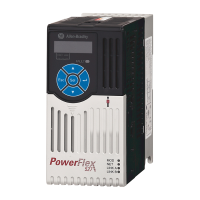
